A man from New Mexico has recently died after contracting the bubonic plague.
The news has sparked concern in the States as health officials look to ensure the rodent-borne disease doesn’t pose a severe risk in the region.
What Is the Bubonic Plague?
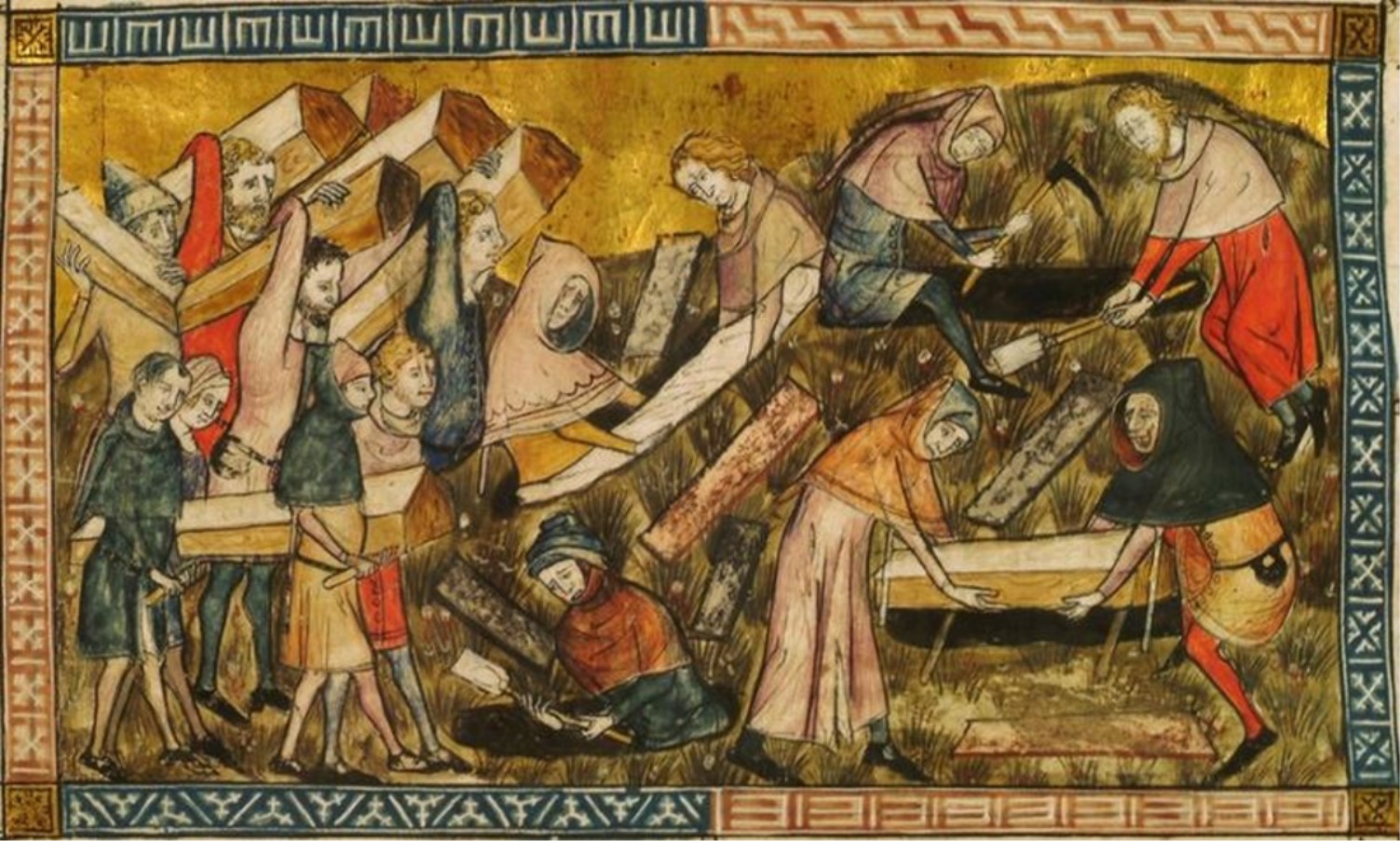
The bubonic plague is a disease caused by the bacterium Yersinia pestis.
During the 14th century, the bubonic plague killed anywhere from 75 to 200 million people in Europe during an outbreak referred to as the Black Death.
The Last Urban Epidemic of the Bubonic Plague

The last urban epidemic of the bubonic plague in in the States happened from 1924 through 1925 in Los Angeles, California.
The CDC reports that this plague was spread through rats and rural rodent species.
Thousands of People Get the Bubonic Plague Each Year
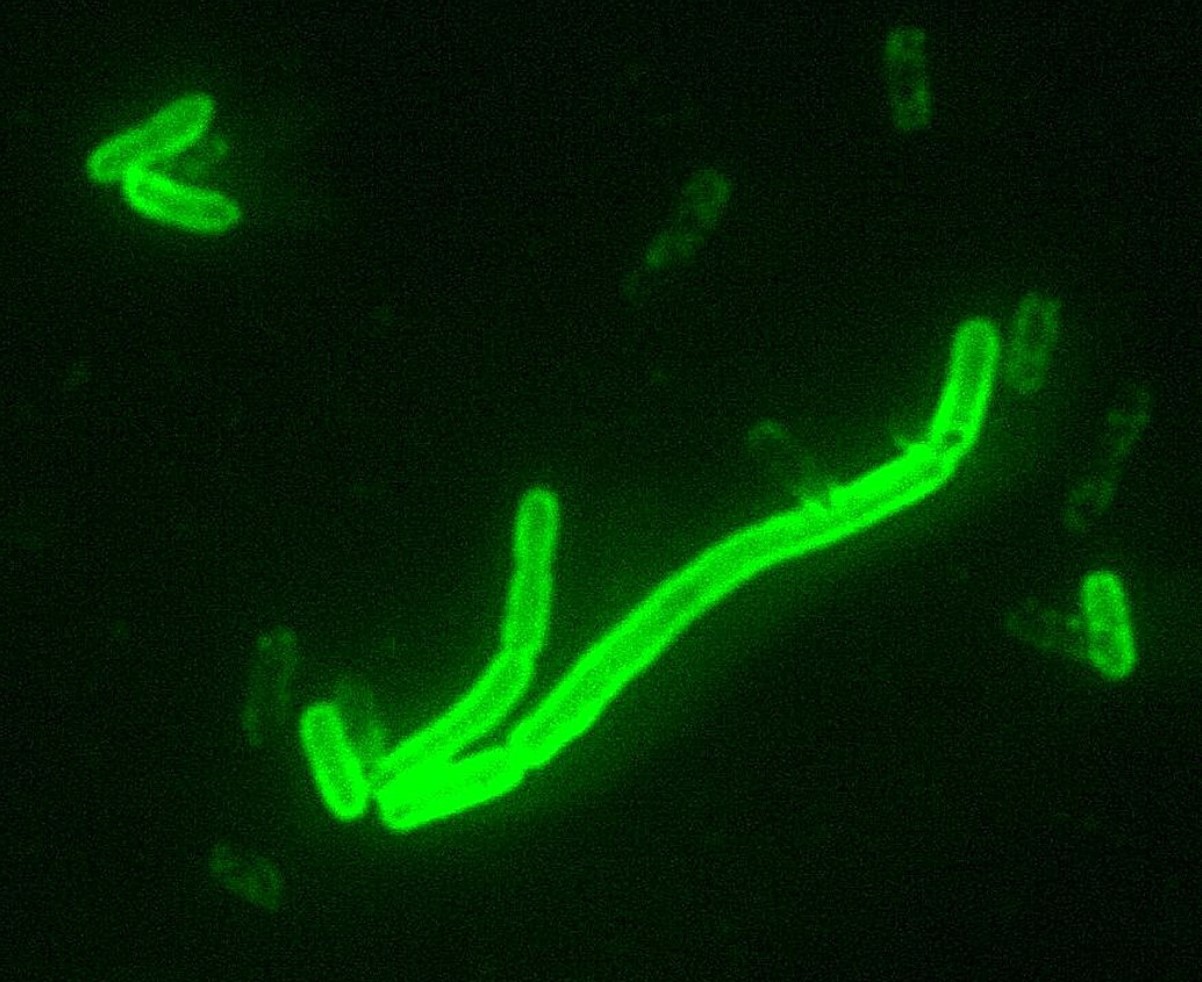
Improved personal hygiene, sanitation, and medical practices have helped humans manage the deadly disease over the past few centuries.
According to the Virginia Department of Health, 1,000 to 2,000 people still contract the plague yearly.
The Plague is Commins in These Three Countries Have
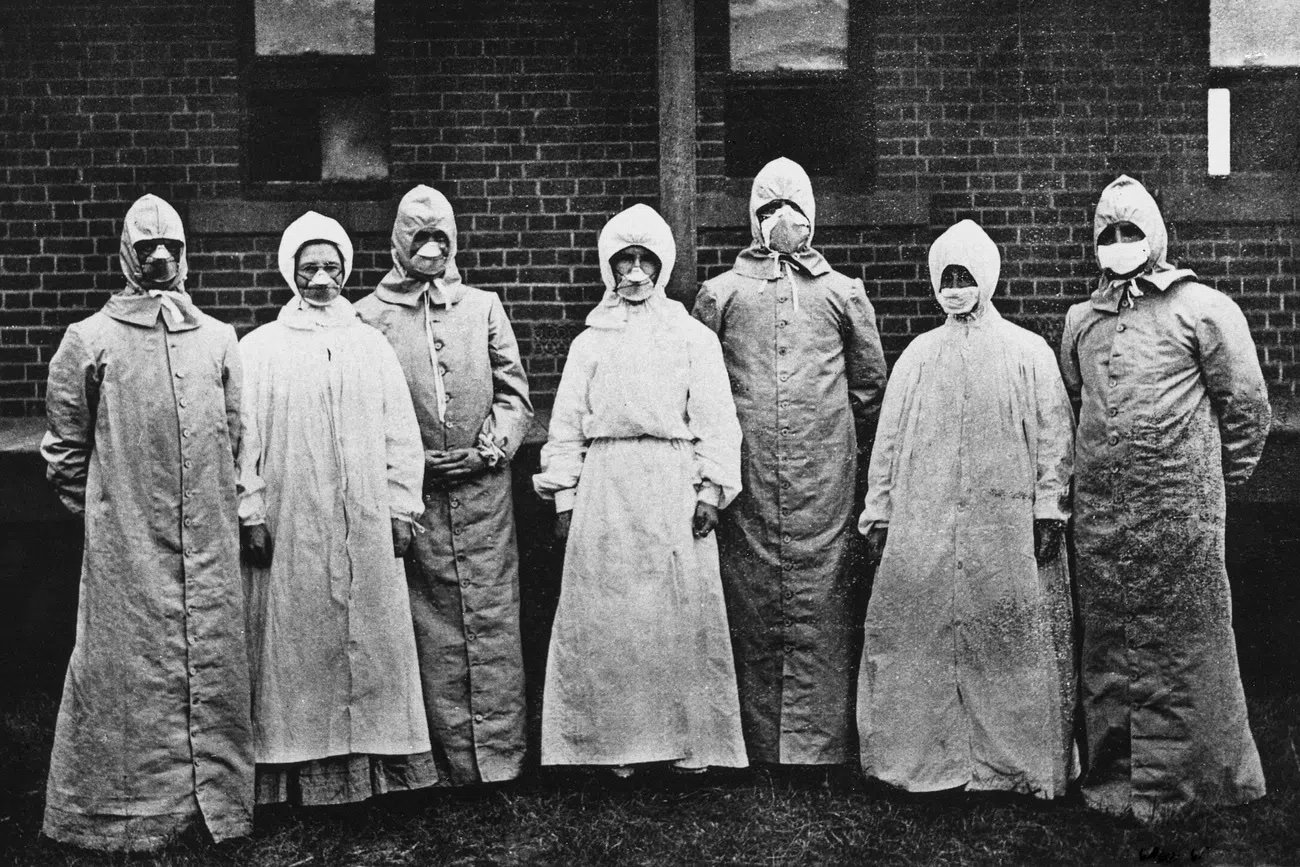
Plague epidemics have occurred since then, with most human cases being reported in Africa.
The three most endemic countries are the Democratic Republic of Congo, Madagascar, and Peru.
Bubonic Plague Cases in the States
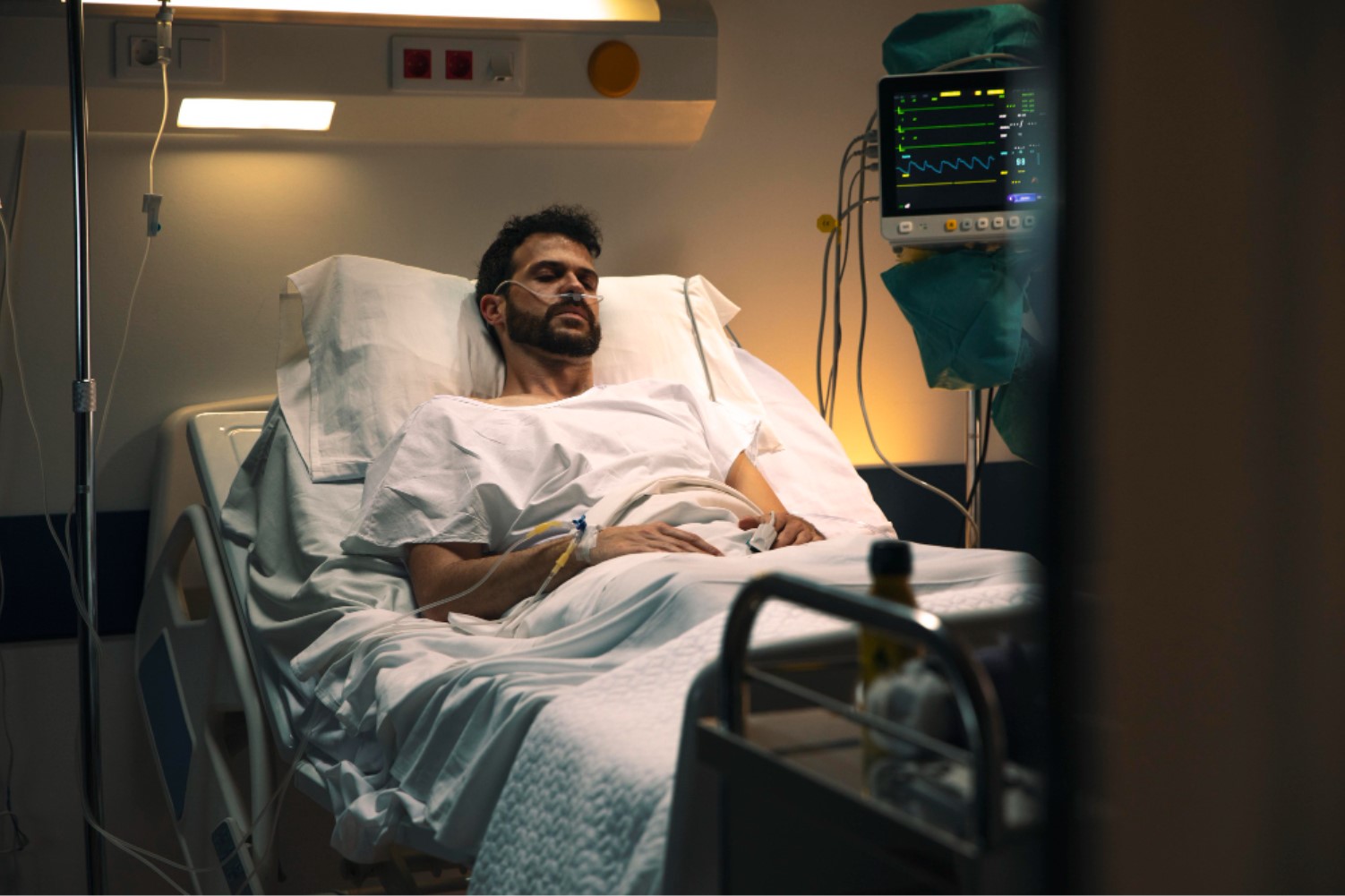
The number of cases of the bubonic plague in the U.S. ranges from one to 17 on average each year, with the majority occurring in states such as Arizona, California, Colorado, and New Mexico.
Yet, a recent case in New Mexico saw the death of a man and has left health officials worried, per The New York Post.
Lincoln County Resident Dies from Bubonic Plague

According to an announcement from the State Department of Health, the Lincoln Country resident was hospitalized after contracting the bacterial disease.
Unfortunately, the patient later died, which marked the first BP-related death in over four years in the state of New Mexico.
Condolences for the Recently Deceased Lincoln County Resident
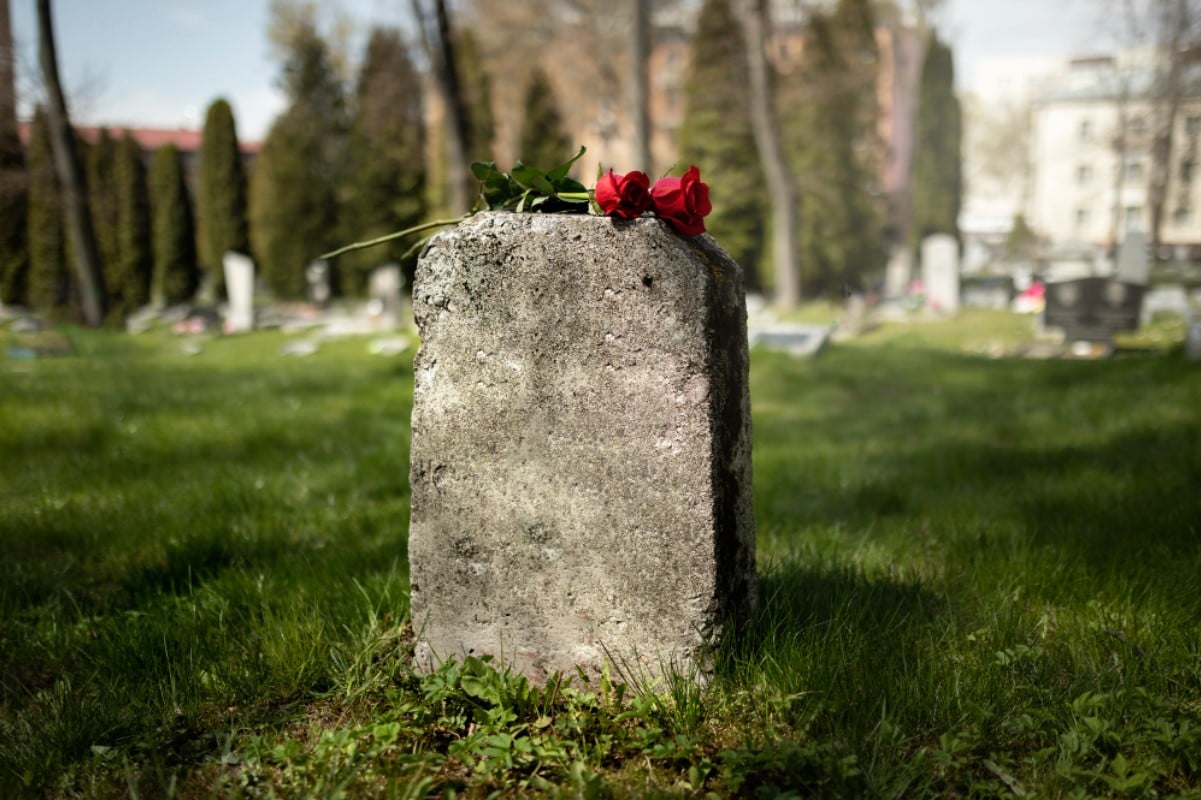
Speaking at a press conference, State Public Health Veterinarian Erin Phipps extended her condolences to the deceased’s family.
“We extend our deepest sympathy to the family of the Lincoln County man who succumbed to plague,” said Phipps.
The Risk to Other Residents
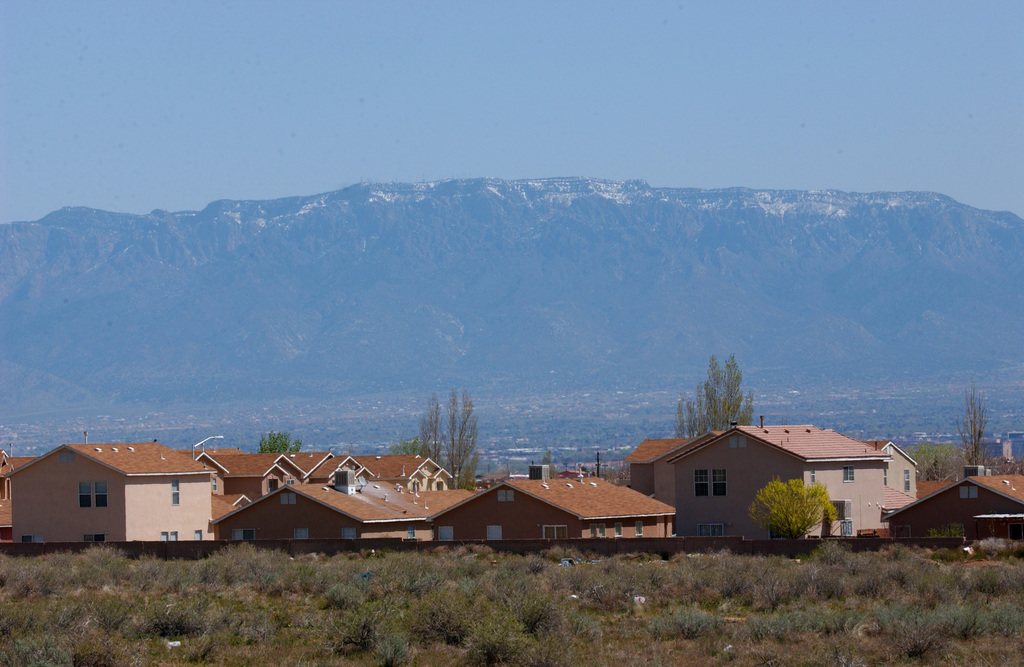
The New Mexico Department of Health said staff members reached out to residents in the area that the man resided in to warn them about the potential exposure to the plague.
An environmental assessment in the community will also take place to determine the risk of plague infection in the area.
Reminder of the Threat Posed by Bubonic Plague
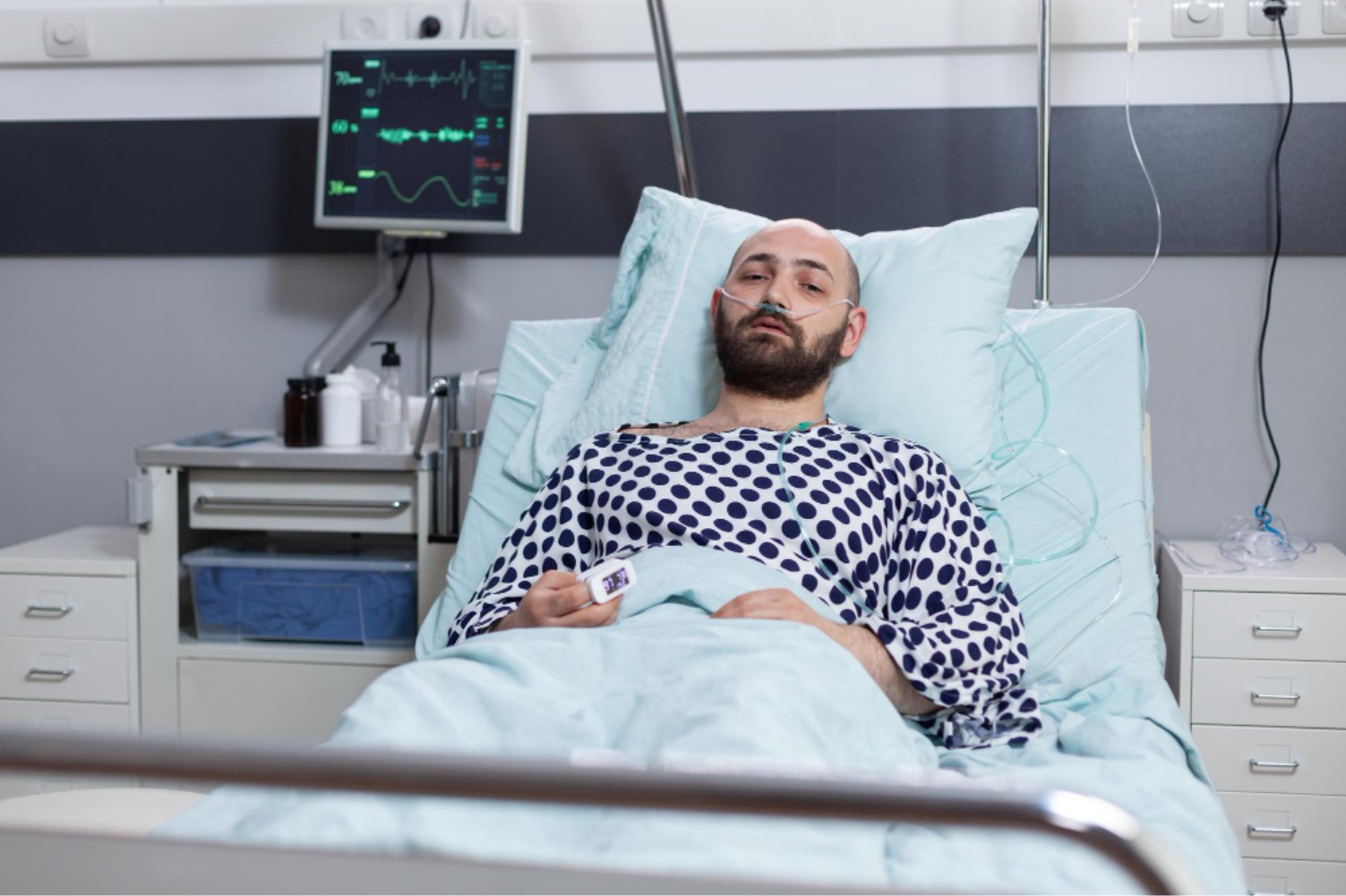
Phipps reminded the nation of the dangers of the bubonic plague, even with all of our medical advancements in the modern era.
“This tragic incident serves as a clear reminder of the threat posed by this ancient disease and emphasizes the need for heightened community awareness and proactive measures to prevent its spread,” she said.
Details of Contraction Remain Unclear

According to New Mexico’s health professionals, they are currently unaware of how the resident contracted the ancient disease.
It was the first recorded case of the plague in New Mexico since 2021.
How the Bubonic Plague Spreads

According to health officials, the bubonic plague the caused by the bacteria Yersinia pestis.
Typically, it spreads to humans from infected flea bites. However, it can also spread to humans who come into contact with infected wildlife, pets, and rodents.
How Do Humans Get the Bubonic Plague?

There are several ways humans can get infected. Someways humans can get infected is through vector fleas bites, unprotected contact with infectious bodily fluids or contaminated materials, or inhaling respiratory droplets.
The plague is a severe disease in people, particularly in its septicemic and pneumonic forms. these have a fatality ratio of 30 to 100 percent if untreated.
Symptoms of the Bubonic Plague

For those who contract the disease, symptoms include chills, fever, muscle weakness, and headaches.
In nearly all cases, a painful lymph node swelling in the armpit, neck, and groin areas is reported.
NMDOH Addresses the Situation
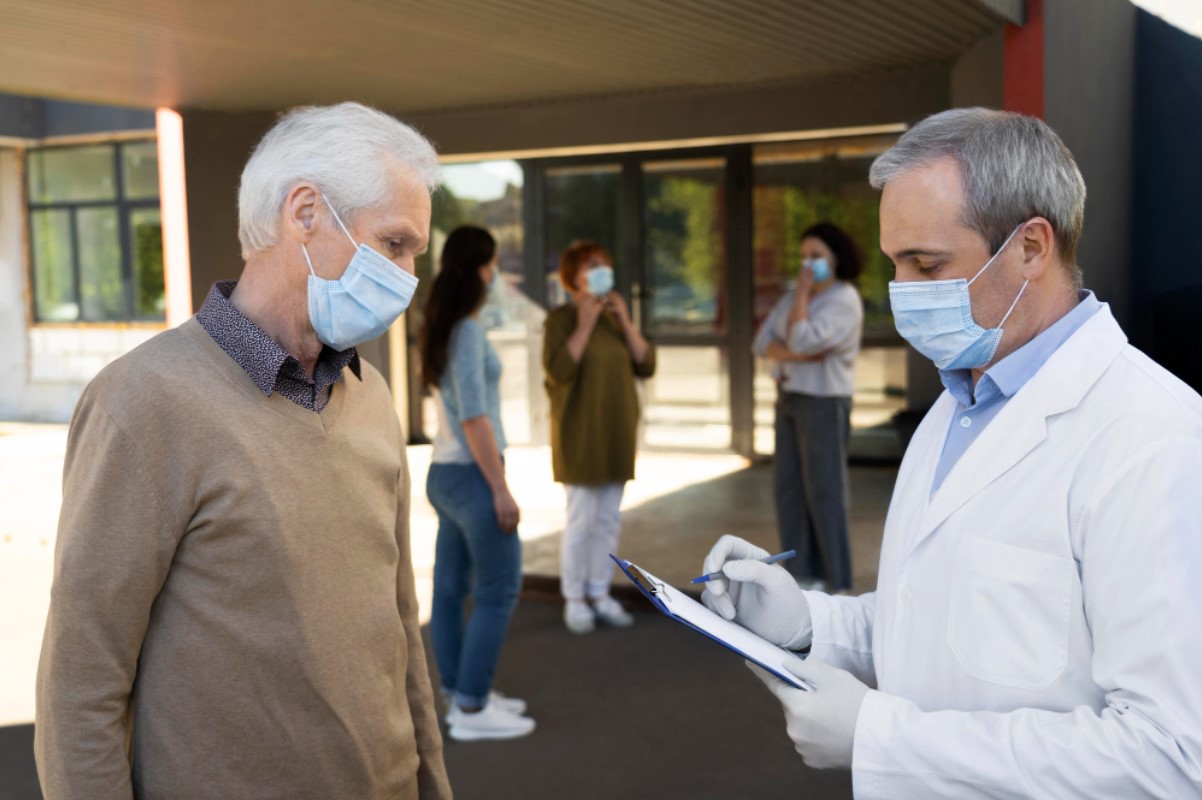
After the death of the Lincoln resident, the NMDOH announced they are currently “conducting outreach to area residents.”
The health officials also revealed they will check on any potential “ongoing risks” in the community.
Are There Vaccines to Prevent the Bubonic Plague?

While there is no vaccine for the bubonic plague, if caught in its early stages, the disease can be treated with antibiotics.
To avoid contracting this potentially deadly disease, health officials state several ways people can ensure that they are safe from the plague.
Eliminate Rodent Homes

To reduce the risk of the plague, it is recommended to clean up areas where rodents could live.
This will help limit the spread of infection and prevent pets from roaming and hunting possibly infected animals.
Find and Stop the Source of Infection

In most human cases, there is always a source of infection. These infection areas are typically places were clusters of animals have died.
If you discover a spot this, then implement vector control, which is a method that limits or eradicates the mammals, birds, insects, or other arthropods which transmit disease pathogens, to limit the spread of disease.
What To Do if You Have the Plague

While it might sound frightening to have the plague, there are ways to help yourself and keeps other safe.
Isolate yourself if you a noticing symptoms of the pneumoic plague. If you need to be around others, wear a mask to reduce spreading infection.
Protect Health Workers and Find Correct Treatement

A great way that infection prevention and control can be implemented is through education! Knowing what to do will help protect you and others from spreading the plague.
If you are noticing symptoms of the plague, share this information with your healthcare workers so they can take the necessary steps to help protect you and others.
Practice Safe Burial

Another way to keep yourself protected from the plague is through safe burial practices.
Spray areas of suspected pneumonic plague deaths should be discouraged. Instead, cover the face and chest area with a disinfectant-soaked cloth or absorbent material.
Have a Routine Cleaning Schedule
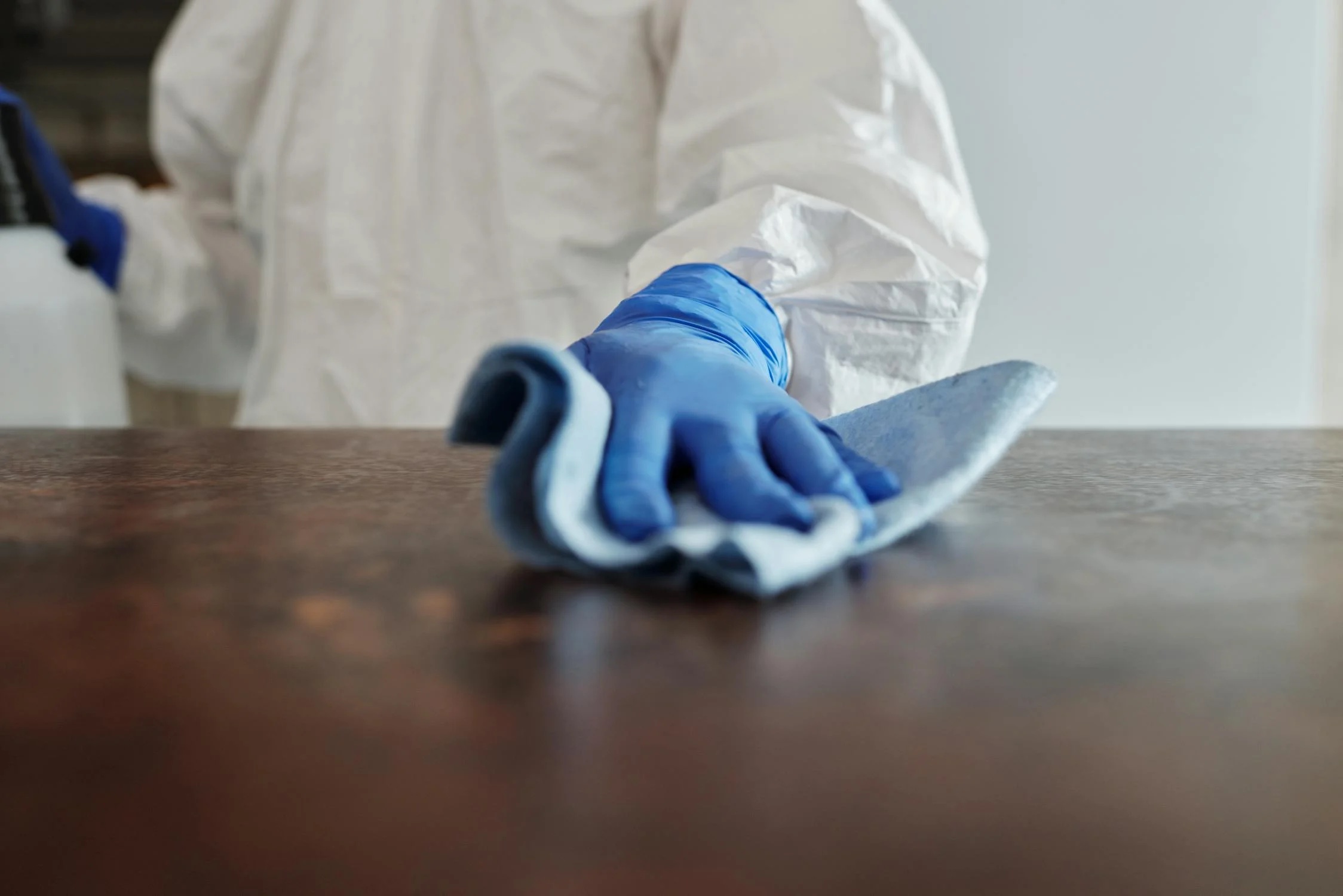
The plague cannot live in areas that have been thoroughly cleaned. This is why a routine cleaning schedule is so important.
Using soap and water, alcohol hand rub, or disinfected areas. Larger areas can be disinfected with 10 percent diluted household bleach.
Treatment for the Plague

While vaccines are not recommend for the general public, there is treatment for pneumonic plague patients.
Chemoprophylaxis medications like atovaquone-proguanil, doxycycline, and mefloquine should be prescribed to plague patients and their household members.
The Plague Isn’t a Disease of the Past
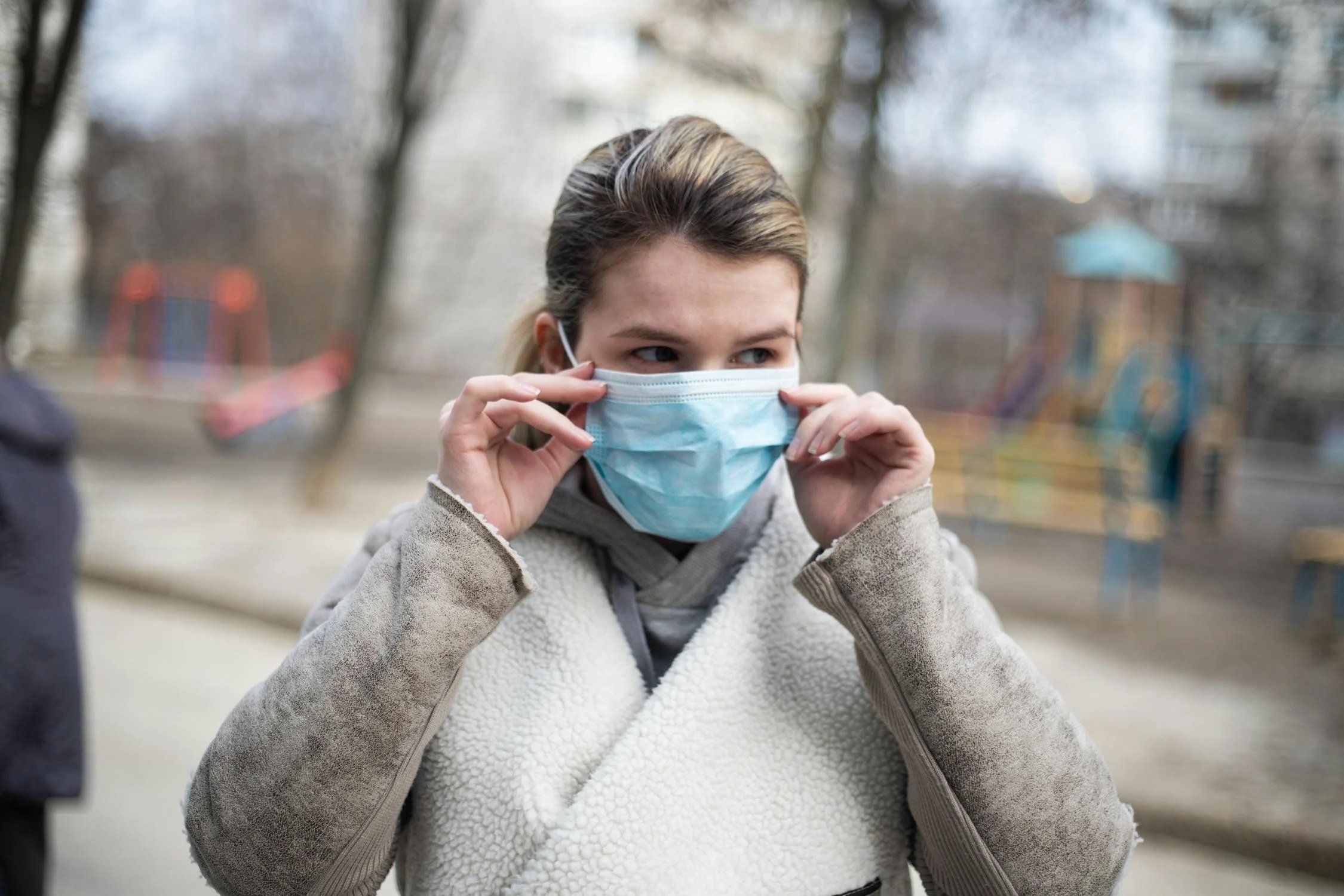
Sure, the bubonic plague sounds like something that couldn’t happen today, but the death of the New Mexico man proves that the disease is still prevalent today across the world.
“People don’t realize that [plague] is not a disease of the past,” Phipps said. “We get cases in the western United States every year. We hope by increasing awareness, we can encourage early diagnosis and agreement.”








































